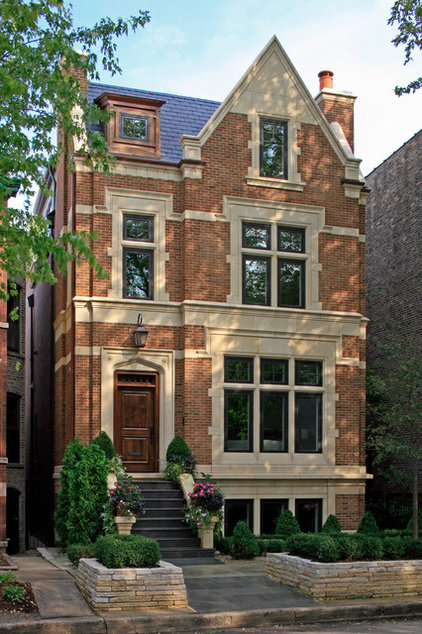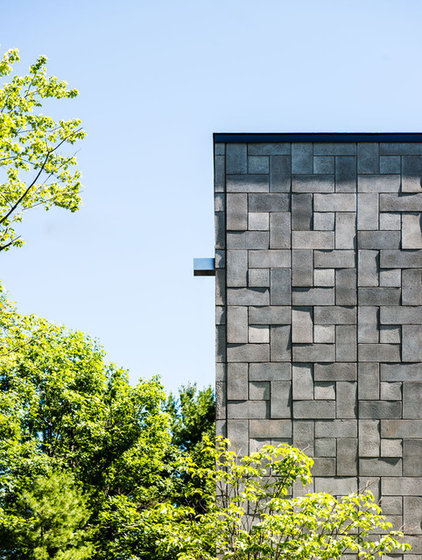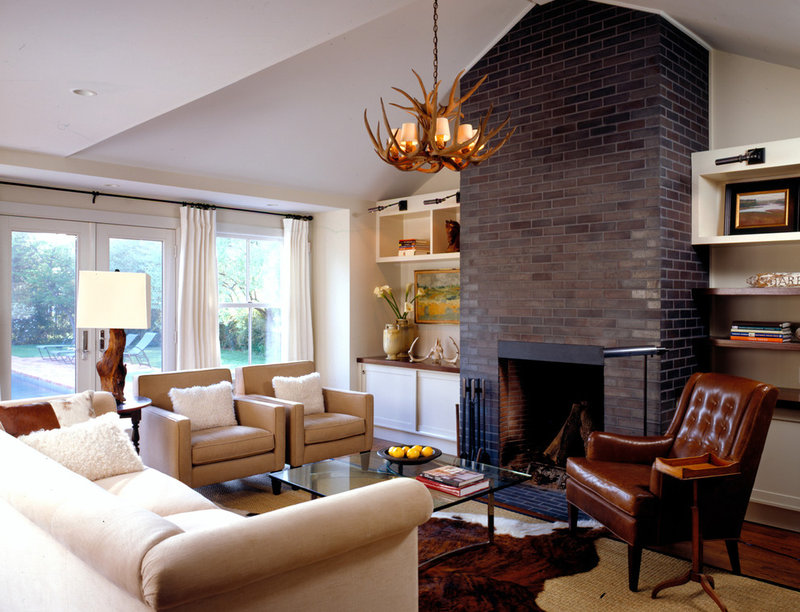he basic building materials that fall under the heading of masonry have been used since people started building protective structures. Some of those first buildings are still standing, a testament to the longevity of brick, block and stone. In this time of increased attention to green building, it’s important to remember that one of the greenest things you can do is build something that will last.
Below you’ll learn more about these building essentials and how they can improve the look and durability of your home.
Everyone plays with blocks as a child, but not everyone is cut out to become a mason. It takes great skill to construct walls from brick, block and stone.
The materials are heavy and difficult to cut and shape. Though each piece is laid by hand and walls go up slowly (especially compared to a wall framed with wood), the wall must be perfectly plumb at the end, because there is no way to shim, trim or shift a masonry wall the way you can do with a frame wall covered in siding.
The materials are heavy and difficult to cut and shape. Though each piece is laid by hand and walls go up slowly (especially compared to a wall framed with wood), the wall must be perfectly plumb at the end, because there is no way to shim, trim or shift a masonry wall the way you can do with a frame wall covered in siding.
Concrete Masonry Unit
CMU is the most common building block masons use these days. CMU stands for concrete masonry unit, and is usually referred to as CMU on architectural plans.
Laypeople tend to refer to CMU as cinder block, concrete block or just block. Regardless of what you call it, this material is frequently used thanks to its large sizes (8 by 8 by 16 inches is common), which help a structural wall go up quickly.
Browse designs built with CMUs
CMU is the most common building block masons use these days. CMU stands for concrete masonry unit, and is usually referred to as CMU on architectural plans.
Laypeople tend to refer to CMU as cinder block, concrete block or just block. Regardless of what you call it, this material is frequently used thanks to its large sizes (8 by 8 by 16 inches is common), which help a structural wall go up quickly.
Browse designs built with CMUs
Brick
There are many variations, but in general, a brick is made of clay rather than the concrete in a CMU. Bricks are also generally smaller (about 3 by 8 by 2 inches) and red, though as you can see in this photo, bricks come in all the earthen colors, including black. Though brick looks impenetrable, a brick wall should have gaps in the mortar at the bottom to let moisture out. I also recommend avoiding paint on exterior brick to allow the bricks to breathe.
There are many variations, but in general, a brick is made of clay rather than the concrete in a CMU. Bricks are also generally smaller (about 3 by 8 by 2 inches) and red, though as you can see in this photo, bricks come in all the earthen colors, including black. Though brick looks impenetrable, a brick wall should have gaps in the mortar at the bottom to let moisture out. I also recommend avoiding paint on exterior brick to allow the bricks to breathe.



